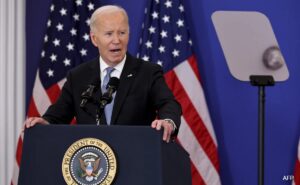

| Company | Value | Change | %Change |
|---|
West Texas Intermediate was steady near $79 a barrel, after surging by more than 6% over the previous two sessions, while Brent closed above $81. The US imposed its most aggressive sanctions yet on Russia’s oil industry on Friday, targeting key exporters, insurance companies and more than a 150 tankers. At the same time, 10 European nations are also pushing for tougher curbs.
In Canada, meanwhile, Alberta Premier Danielle Smith warned of possible US tariffs once Donald Trump assumes the presidency next week, with no exemptions for oil, after meeting the president-elect in Florida. More than half of US crude imports come from Canada, most of it from Alberta.
Crude has seen a strong start to the year, rallying by almost 10% as the multiplying supply risks deliver a further boost to a market that had already been lifted by falling US stockpiles and colder weather fanning demand. While the full impact of the latest US sanctions package remains uncertain, it may drive a rerouting of global flows as users across Asia, including refiners in India and China, are forced to reach far and wide for replacement barrels.
Some early signs of disruption are already apparent. Among them, a senior Indian bureaucrat told reporters that sanctioned vessels won’t be allowed to discharge, and tanker rates have jumped as the curbs threaten to cut the supply of ships. In the physical market, Chinese buyers snapped up prompt supplies of crude from the United Arab Emirates and Oman in a tender.
Widely tracked metrics point to a fast-tightening market. WTI’s prompt spread — the difference between its two nearest contracts — has spiked to $1.55 a barrel in backwardation, a bullish pattern. That’s the widest since August, and compares with a gap of less than 50 cents at the end of last year.



